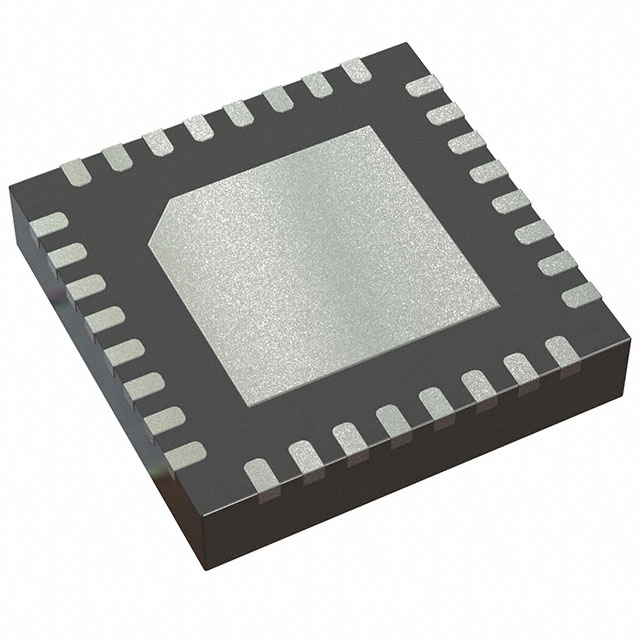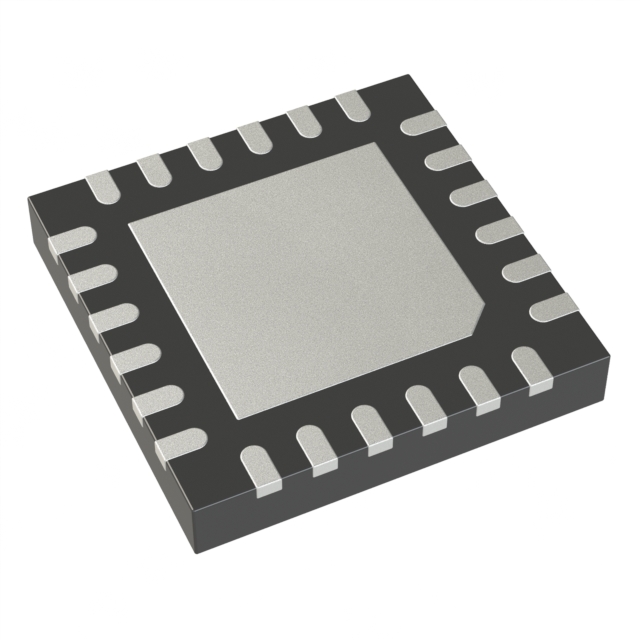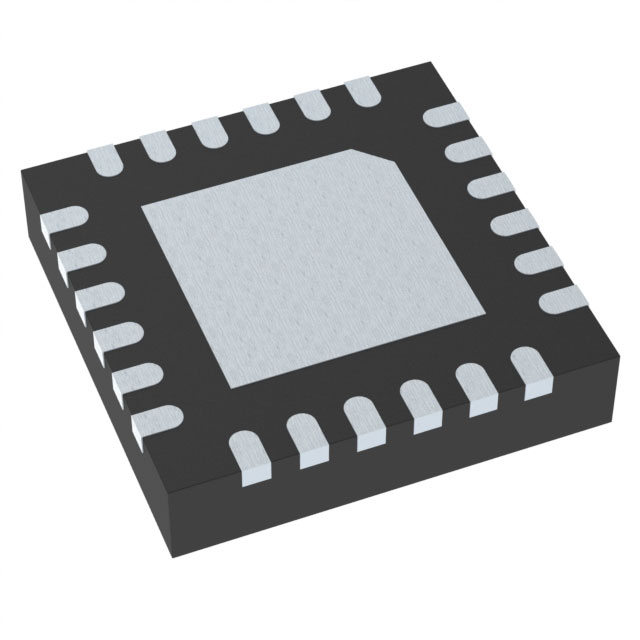

What is a Computer Chip and its Function? (Full Guide)
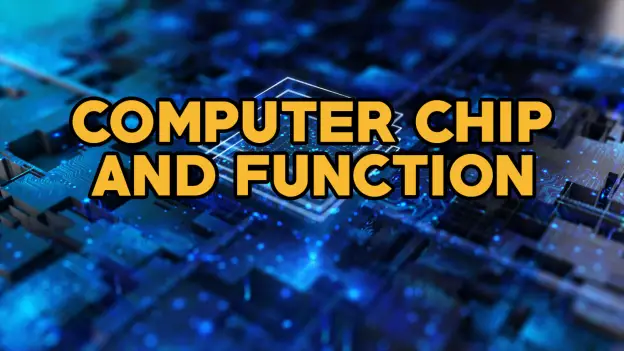
What is Computer Chip
Microchips and integrated circuits (ICs) are semiconductor components that serve as the brain of electronic devices. Computers, smartphones, and other digital systems contain millions to billions of transistors that process and execute data. Chips are essential for computing, storing data, and processing signals, enabling devices to function smoothly. Our lives, work, and communication are impacted by these tiny yet powerful components.
What is a Computer Chip?
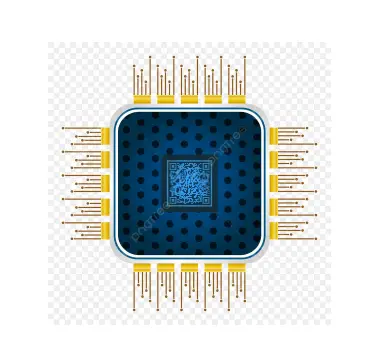
Computer Chip
Generally made of silicon, a computer chip is a small piece of semiconductor material that contains a network of tiny transistors and other electronic components. Data processing, signal transmission, and storage are all performed by the chip through the integration of these components. Chips are able to perform high-speed data manipulation and instruction execution thanks to transistors. Transistors act as tiny switches controlled by electrical signals. Computer chips can serve as CPUs, graphics processors, memory chips, or specialized components in smartphones, tablets, and embedded systems, depending on their design and functionality.
Computer chips revolutionized the way electronic devices work by miniaturizing and integrating millions or billions of transistors on a tiny surface. As a result of this miniaturization, technology has become more powerful, efficient, and compact. From basic word processing to advanced artificial intelligence, modern computing devices could not function without computer chips. Consumer electronics and industrial systems both benefit from the accelerated processing and storage capabilities enabled by computer chips, which are fundamental components of digital devices.
Functions
Microchips and integrated circuits (ICs) are the building blocks of electronics, performing many critical functions. A computer, smartphone, tablet, and other digital device cannot operate without these functions. Computer chips perform the following key functions:
Data Processing
The data processing function of a computer chip is one of its most fundamental functions. During the execution of instructions from programs, central processing units (CPUs), which serve as computers' brains, process data. Arithmetic operations are performed, logical comparisons are made, and decisions are made. Instructions are retrieved from memory, encoded into machine language, manipulated, and then stored back in memory. Through this process, the computer is able to run applications and perform calculations at incredibly high speeds.
Control Functions
Chips do more than process data, they also regulate information flow within a device. Input/output devices, memory, and peripherals are all part of this process. A chip ensures that data is transferred efficiently between a CPU, memory, and other components of the system. By controlling timing, assigning priorities, and coordinating tasks, it prevents conflict between operations. Different components work together harmoniously through the chip, which acts as a traffic manager.
Memory Storage
A computer chip that stores data is known as a Random Access Memory (RAM) chip. This allows the CPU to access data and instructions faster and improve processing speed by temporarily storing them in RAM chips. Smartphones, solid-state drives (SSDs), and USB drives contain flash memory chips that store data permanently. Data storage capacity and access speed are highly dependent on memory chips.
Signal Processing
Analog and digital signals are also processed by computer chips. For audio, video, and telecommunications chips, this function is particularly important. Analyzers and transmitters convert signals into a form that can be analyzed or transmitted by signal processing chips, also known as digital signal processors (DSPs). Mobile phones, for instance, use DSPs to ensure clarity and reduce noise during calls. For rendering images, animations, and videos, GPUs (Graphics Processing Units) process graphical data.
Power Management
A computer chip's power management is one of its most important functions, especially when it comes to mobile and portable devices. To prevent overheating and energy waste, power management chips ensure that voltage and current are distributed efficiently to various components of a device. As a result, smartphones, laptops, and other battery-powered electronics benefit from these chips, which can regulate power consumption as needed. The charging process is also monitored and controlled so that the device's battery is protected.
Interfacing with Peripherals
In addition to interfacing with peripherals and external devices, computer chips also handle connectivity. It is necessary for a computer to communicate with input/output devices, such as keyboards, mice, printers, storage devices, and displays, through the use of chips. A computer can communicate with peripherals through specialized controllers such as USB controllers, video interface chips, and network interface chips. Using this function, the system recognizes, manages, and utilizes different devices connected to it.
Security Functions
Data is often protected and unauthorized access is prevented by security features in today's computer chips. A secure boot process ensures that the system's hardware and software are protected through encryption, authentication, and secure boot processes. Secure passwords and encryption keys are stored on Trusted Platform Modules (TPMs), for example. Personal data can be secured in smartphones, while sensitive information can be protected in corporate servers and government systems using security-focused chips.
Artificial Intelligence and Machine Learning
AI and machine learning (ML) tasks are being accelerated by specialized chips that have been developed in recent years. Artificial intelligence (AI) accelerator chips, also known as Neural Processing Units (NPUs), are designed to handle rigorous computations required by AI algorithms. Due to the fact that they can process large volumes of data in parallel, they are ideal for applications such as natural language processing, image recognition, and autonomous systems. This chip reduces the time required to train machine learning models by offloading AI-related tasks from the CPU or GPU.
Faqs
Question 1: What is the significance of a computer chip?
Answer: In addition to storing and retrieving data, these chips also process signals and control them. Due to their compact form factor, they are able to pack a huge amount of computing power, enabling a wide range of industries to advance technology.
Question 2: What is the main function of the microchip in a computer?
Answer: Data storage and memory are made possible by microchips. Computing devices need them to function properly since they store operational instructions and temporary information. In order for modern electronic devices to function, data and instructions must be retained and accessed.
Wrapping Up
To conclude, a computer chip is the core component that provides control, memory, and signal processing capabilities to modern electronic devices. A microprocessor is an essential component of every computer and smartphone, as well as advanced AI systems. It performs tasks such as executing instructions, interacting with peripherals, and managing power. Technology is shaped by the integration of billions of transistors into tiny chips, which drive innovation and influence the future of technology. Both everyday electronics and specialized systems will benefit from advances in computer chips as technology continues to evolve.
Related Articles
Introduction to L1154F Battery Equivalent
Subscribe to JMChip Electronics !



